on the surface, the "clean girl aesthetic" and the "trad wife" may seem like they’re worlds apart, with one rooted in modern minimalism, the other in vintage romanticism. but if you dig a little deeper, you’ll soon realise these trends reveal a shared message: women must conform over having individuality. whether it’s through perfectly slicked buns and dewy skin or home made meals and pristine kitchens, both movements present an exclusive vision of “femininity” that subtly excludes anyone who doesn’t fit their narrow mold. especially women of colour.
the clean girl aesthetic presents itself as effortless, featuring slick hairstyles, neutral-toned outfits, and a glowing complexion that screams low-maintenance luxury. but let’s be so forreal, it’s far from effortless. it demands time, resources, and access to specific products to achieve the desired barely-there look. worse, this aesthetic thrives on eurocentric beauty standards, leaving little room for diversity in body types, skin tones, or hair textures.
for women with textured, coily, or curly hair, the signature sleek bun often means hours of straightening or taming natural locks. a process that erases cultural identity rather than celebrating it. similarly, the popular dewy glow tends to prioritise lighter skin tones, with many products and techniques failing to accommodate deeper complexions. and when it comes to body types, the aesthetic celebrates a lean, petite frame, effectively sidelining anyone whose body exists outside of these rigid standards.
the "trad wife" movement, though seemingly distinct, follows a similar playbook. with its celebration of 1950s homemaking and hyper-feminine roles, it romanticises a time when women were expected to fit into narrow definitions of how they should behave and their contributions to society.
both movements also share a deeper, unspoken message: women must fit into a specific mold to be considered acceptable, desirable, or “feminine”. whether it’s the clean girl’s quiet luxury or the trad wife’s polished perfection, the emphasis is on blending in, staying "appropriate," and following unwritten rules that leave little room for authenticity. for women of colour, these trends are doubly alienating, as they uphold standards rooted in eurocentric ideals that never included them to begin with.
what’s most frustrating is how these aesthetics erase the rich, vibrant expressions of individuality that make life exciting. the bold colours, textured hair, cultural prints, and unique features that reflect personal and cultural identities are pushed aside in favour of a washed vision of “femininity”.
your beauty and style should never feel like they have to fit someone else’s rulebook. the best kind of aesthetic is the one that’s unapologetically yours; one that embraces your hair, your curves, your culture, and your personality. these trends may dominate the spotlight, but they’re just that…trends. they’ll fade, but your individuality will always be within you waiting to be expressed.
whatever you decide to wear, express it with pride. it's time to reclaim your narrative.


leave a comment